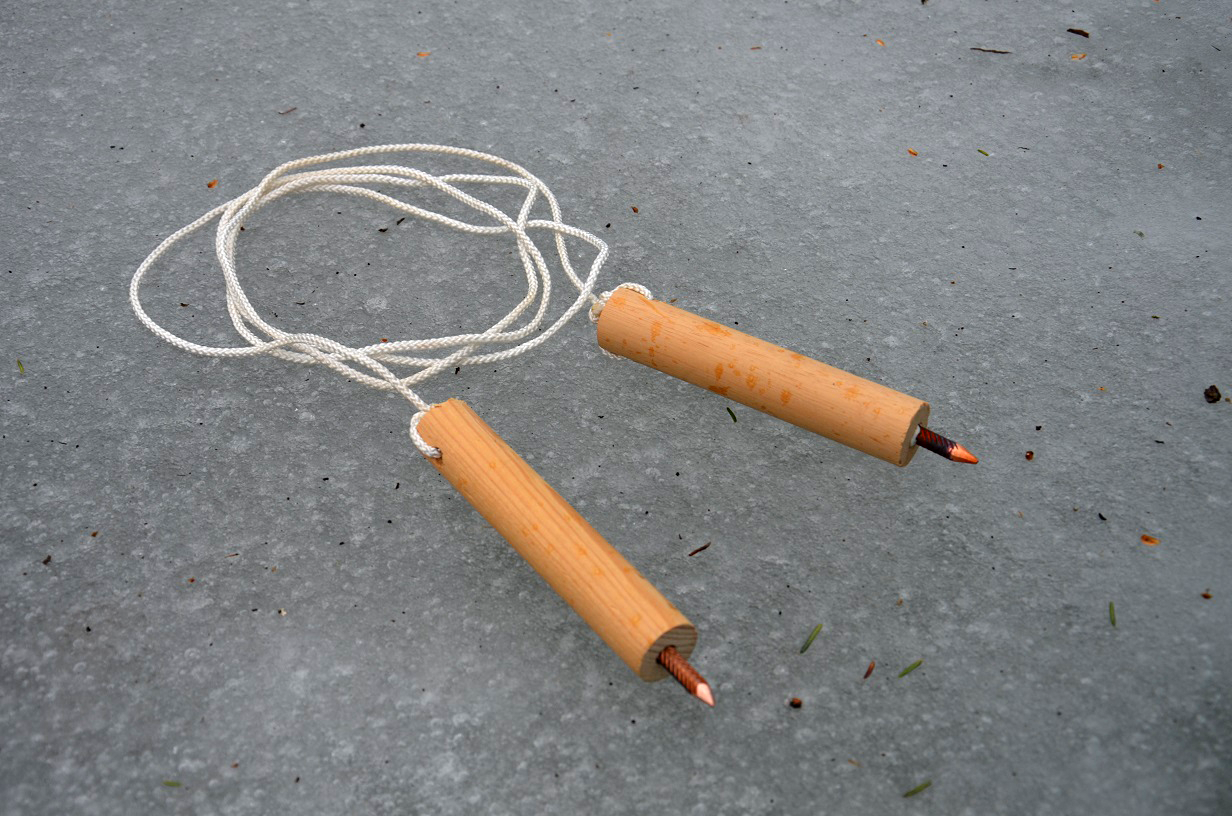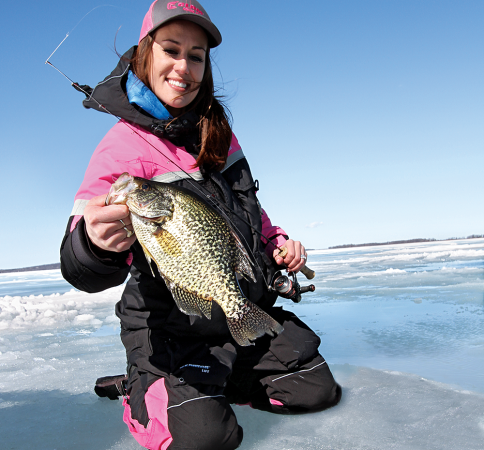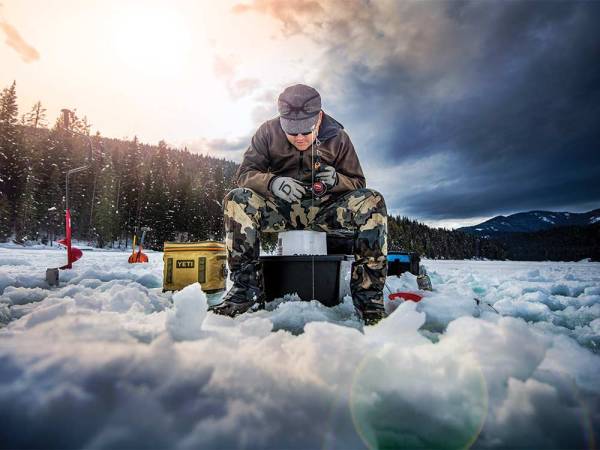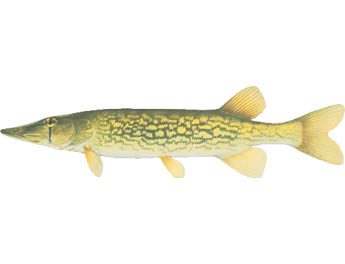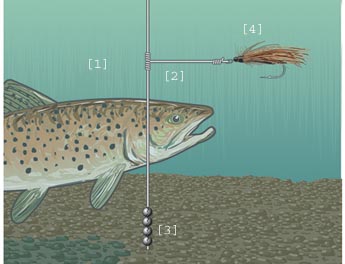There’s a little nervous feeling most people have when they venture out on a floating sheet of frozen water. I’m sure our ancestors felt it, and the cautious (or lucky) ones passed it down to us. And the people who trod upon the ice without fear or hesitation – well, let’s just say that the fearless are outnumbered by the fearful for good reason. You should always listen to that little voice of caution, and never venture out onto dangerous ice. Here’s how to assess the ice for yourself, and the most important survival tool to take out there with you.

Assess the Ice
It may fall on you to decide is an ice covered waterway is safe to traverse. And to make that decision – you’ll need to know the ice thickness. The most accurate and easy way to do this is to take a cordless drill with a very long “paddle” bit and a tape measure to drill a test hole and measure the ice thickness. If the ice is less than 2 inches thick: STAY OFF. The weight of a person can break it easily. Four-inch thick ice (or thicker ice) is usually safe for walking, skating, and ice fishing on foot. Five-inch and thicker ice is probably safe for ATV or snowmobiling. Ice that’s 8 to 12 inches thick and thicker ice is probably safe for small cars or light pickups. Note that the words “probably” and “usually” were thrown around quite a bit. Any patch of ice can have thin spots, often due to warmer spring water or geothermal activity under the surface. And old ice, cloudy ice and springtime ice can be unpredictable and dangerous, despite being thick. Only go out on clear, thick ice. And above all – if in doubt, don’t try it out.
Carry Ice Rescue Tools
Store-bought or homemade, an ice rescue set is one of the most important tools around icey waters. The set allows you to drive in spikes as moveable handholds, which can be used to pull a person out of the hole in the ice. To make your own, get a hacksaw, drill, two ice picks with wooden handles (these float!), and 6 feet (2 m) of cord. Cut off half of the metal of each pick, at an angle, so that it is still pointed when you’re done cutting. Drill a hole in each handle, tie the rope to each pick and carry this with you every trip onto the ice.
Have you been out on the ice this winter? Tell us what you were doing and how you protected yourself by leaving a comment.
